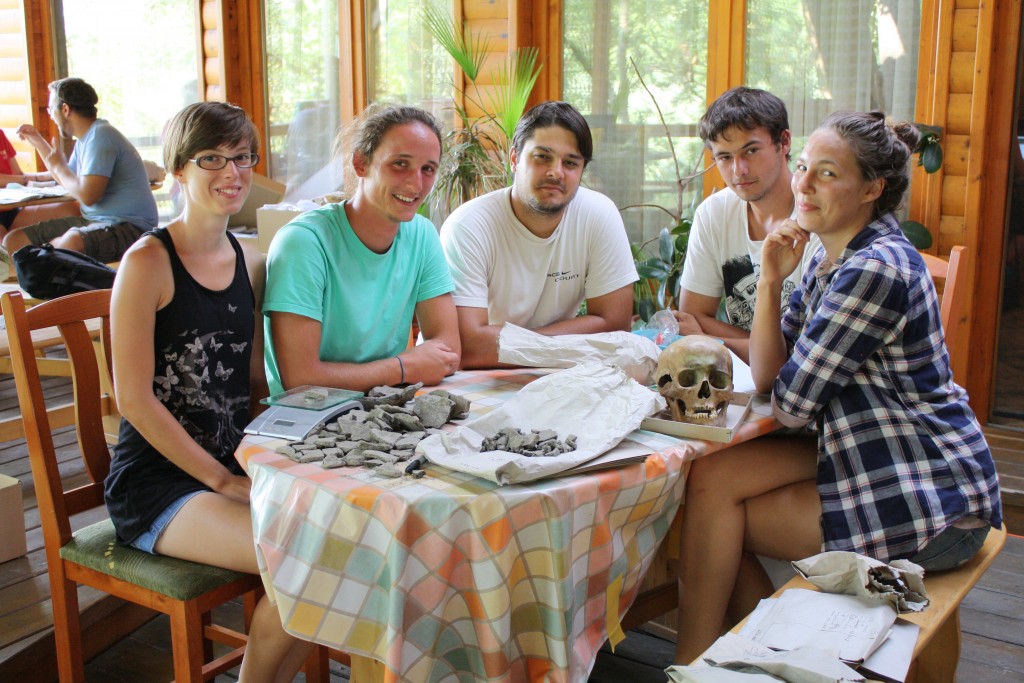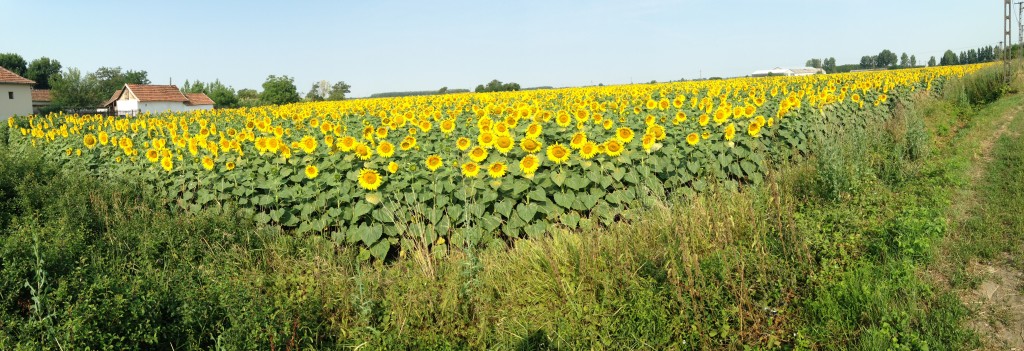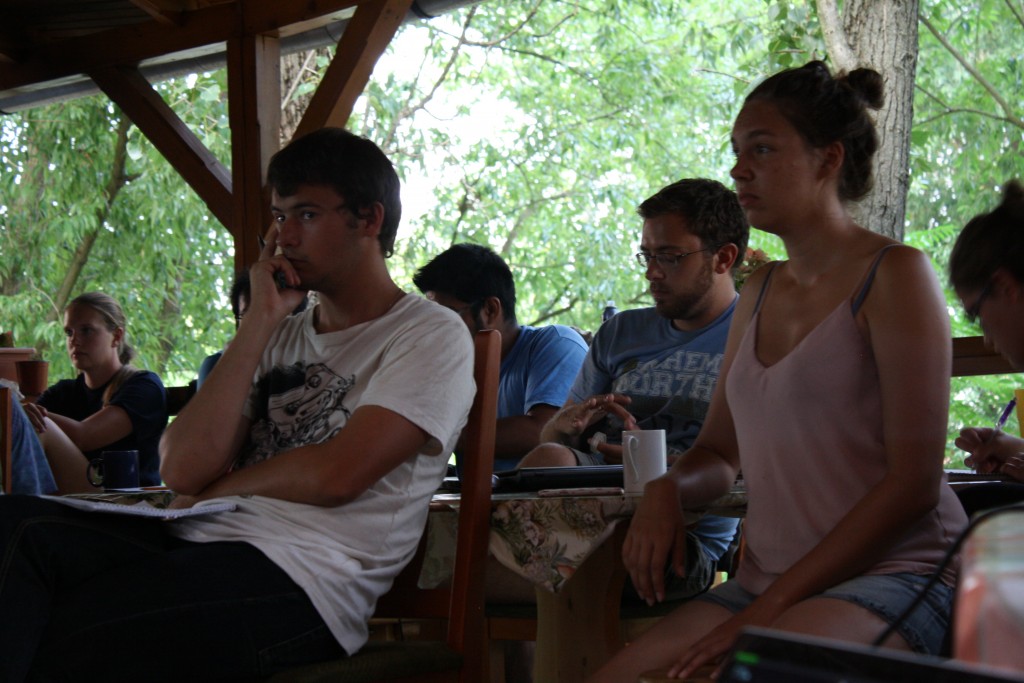How’s your summer vacation going? Lazy? Watching TV or playing PS4? Or maybe on a tropical island? Are you interested in learning about what our holiday is like? We have sun, sometimes too much. We have a pool that we are able to swim in when we are free (which is not very often). The most important thing, however, is that we were given the opportunity to participate in the Bronze Age Körös Off Tell Archaeological (BAKOTA) project, which is conducted in Békés County in Eastern Hungary.
So what is our wonderful adventure like? This summer we have had the chance to gain precious new experience and the chance to meet a lot of new friends! Usually, summer is the time when archaeology students have an opportunity to gain some new skills in the field in addition to engaging and participating in lab work. What makes this project so unique? We have people from all over the world with different backgrounds. Students, specialists, and professors have traveled from all corners of the world including Canada, United States, Hungary, Greece, Poland and India.
Do we always agree on the research methods? Of course not, but that’s where the good ideas, such as discussing and exchanging knowledge and experiences, derive from. That’s the key! Due to the diverse nature of the project, we are able to practice both American and European methods of archaeological research at the same time. BAKOTA is a phenomenal project that merges two schools of thought together.
Although we could write on and on about how great the project is, this blog is about us, the European students! With funding from the Central European Institute at Quinnipiac University and the BAKOTA project itself, we were afforded the opportunity to participate in this project. This year, there are five of us international students involved with the BAKOTA Project: Agata and Paweł (University of Warsaw) from Poland, and Anna and Geri (University of Szeged) with Adam (University of Miskolc) from Hungary. For some of us, this is the first time working on an international archaeological project. For the rest, it was another exciting chance to meet other students interested in archeology from around the world.

These students received support for participating in the BAKOTA Research Project from the Central European Institute at Quinnipiac University.
From left to right: Anna Szigeti, Ádám Balázs, Gergő
Liptak, Paweł Dziechciarz, and Agata Kostrzewa.
There are a lot of international archaeological projects in which students are able to get involved with, so why the BAKOTA project? In Europe, university students are required to have a significant amount of field experience, whereas American students typically do not. As a result, excavation is not something completely new for us. On the other hand, we have less experience in the laboratory. One especially unique aspect is that everyone has his or her own student project, and is actually part of one big picture. Each one of our projects is like a tessera, or one piece of a mosaic, and when all of our projects are combined together, we make one large mosaic or picture. Fortunately, all of us have great, patient, and brilliant mentors who are able to give us direction and help us a lot while we worked on our projects.

Ádám working with Justine, his American counter part on their project examining the ceramic material found at the site.
Whether we were in the field or laboratory, we were able to learn another approach to archeology. Every European student has an American project partner who’s working with him or her and learning from each other. With these partnerships, we had to learn how to use academic English, which is great practice for all of us. Although each one of us comes from various language backgrounds, we all came together to speak one common language.
We spent our afternoons and evenings analyzing our data, performing lab work (basically cleaning tons of ceramics and burned bones), and/or attending fantastic lectures. This project is very diverse because all together we had 28 people from 5 different countries spanning 3 continents. Being involved with this project has been a once in a lifetime experience offering us the opportunity to work with people of various backgrounds. By being a part of this excavation, we have been given the opportunity to network, make new contacts, and even share past experiences, and knowledge. One especially important aspect of the field season has been meeting several specialists in a variety of fields, including ceramic analysis, anthropology, paleopathology, soil chemistry, metallurgy, historical and ethnographical background research, paleobotany, and geophysical survey.
Luckily, Americans are just as curious about the European culture as we are about the American. For instance, over the first weekend we had a great time together at the Vésztő Days festival, which was an exciting cultural event. During the following week, we took part in the Hungarian Folkdance Festival in the downtown area. After that, our international group visited another American-Hungarian archaeological team in Pecica, Romania. Additionally, we became acquainted with a smaller slice of Romanian culture by spending a few days there. For some of us, it was a huge adventure to travel by train to Romania, especially for the American students.
As we wrap the end of the 2015 summer field season we are all working on our final research project reports and many of us are planning to present our findings as a poster at the upcoming Society for American Archaeology conference that will be held in the spring.



